OMA imagines a city within a city for a vast engineering school in Paris-Saclay
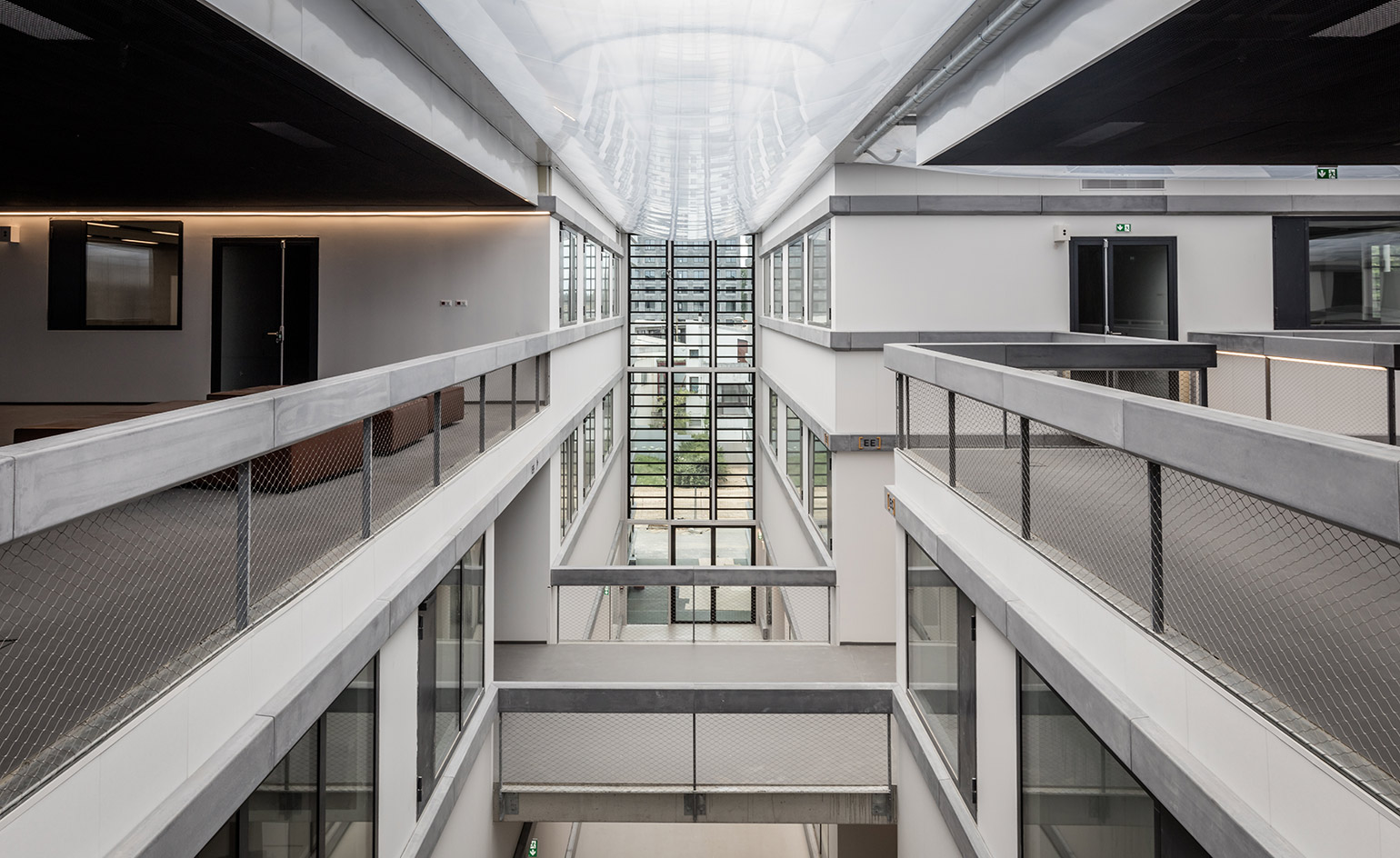
A rapidly evolving technology cluster competing for the status of Europe’s Silicon Valley, Paris-Saclay will cover 385 sq km and is set to accumulate 20 per cent of France’s research capacities by 2020.
Part of this enormous project is the new campus for CentraleSupélec, focused on engineering and systems sciences and welcoming 4,200 students this school year. This is possible thanks to a 40,000 sq m facility designed by OMA and a 25,000 sq m building by Swiss architects Annette Gigon and Mike Guyer. Planned cooperatively, the two structures host educational and research spaces, but also a few shared areas – from a sports hall and a theatre, to a language centre and a canteen – to be used by the entire campus.
For OMA’s team, led by Ellen van Loon and Rem Koolhaas, this was an opportunity to demonstrate how architecture can ‘contribute to a new educational, social and civic dimension’. Named Lab City, their project steps away from the conventional idea of a massive, introverted box within an urban area and proposes instead a small, animated city within a city.

Lab City’s expansive interior space.
Manhattan’s gridded block system comes to mind when one finds themselves under a gigantic transparent roof, in the midst of classrooms, labs and offices designed as separate ‘buildings’ and connected by a network of alleyways. Each space has large windows facing the ‘streets’, while the rooftops of these mini-buildings provide an additional 2,000 sq m of ‘outdoor’ space intended for more informal use, from lounges to improvised classrooms. The diagonal ‘main street’ continues outside, connecting the campus with the upcoming station of the Grand Paris Express.
Through mixture and openness, the project enables interaction between students, researchers and administration. The director’s area, for instance, is made largely accessible; shared facilities can be leased to external users. Besides, the layout includes two ‘plazas’, with an open-space cafeteria filled by a snacking and laptopping population throughout the day rather than being isolated and open for a few hours only. Classrooms have entire walls acting like whiteboards; one can write on the outward-facing glass walls as well. The large amphitheatre, divisible into three separate segments, serves as both a conference space and an extra classroom. A transparent ETFE roof with a sunshading pattern above the ‘plazas’ and ‘rooftop terraces’ floods the Lab City with light even on rainy days.
By 2019, the campus will have new neighbours: Renzo Piano’s design for École Normale Supérieure and a telecommunications school by next year’s Venice Biennale of Architecture curators, Dublin-based Grafton Architects. Further away, but still within Paris-Saclay, a Sou Fujimoto-led team of French and Japanese architects will deliver the future learning centre for the École Polytechnique.

The main street cuts diagonally across Lab City, allowing a seamless experience between the building and its surroundings, providing a convenient public route to the neighbourhood and the future subway station.

The architecture provides a framework for constantly changing requirements, allowing the programme to be reconfigured or intensified as necessary.
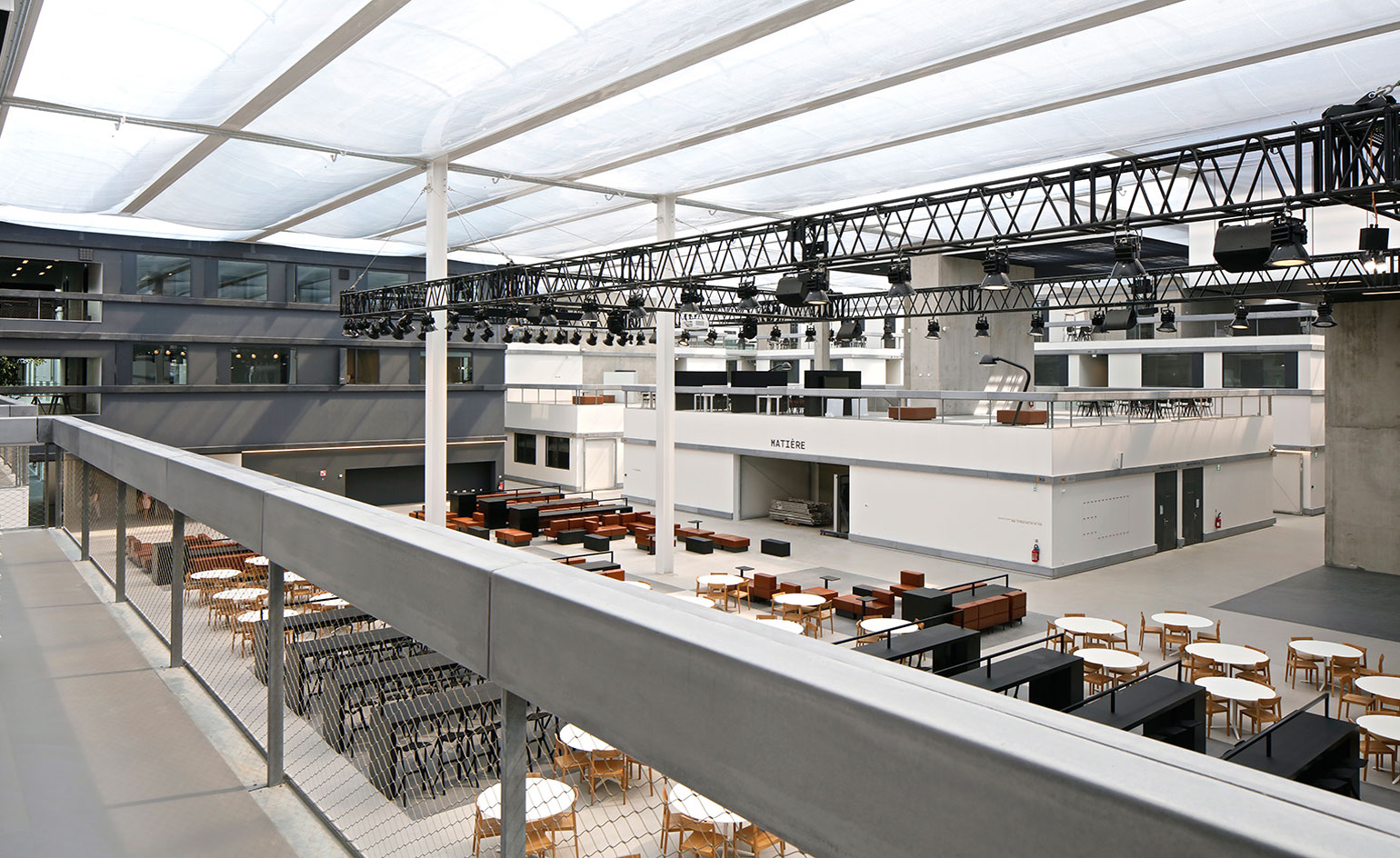
OMA’s multi-layered design integrates urbanism within the school.

The architects imagined the laboratories as a collection of discreet parcels in an open-plan grid.

The project features wide internal stairways.
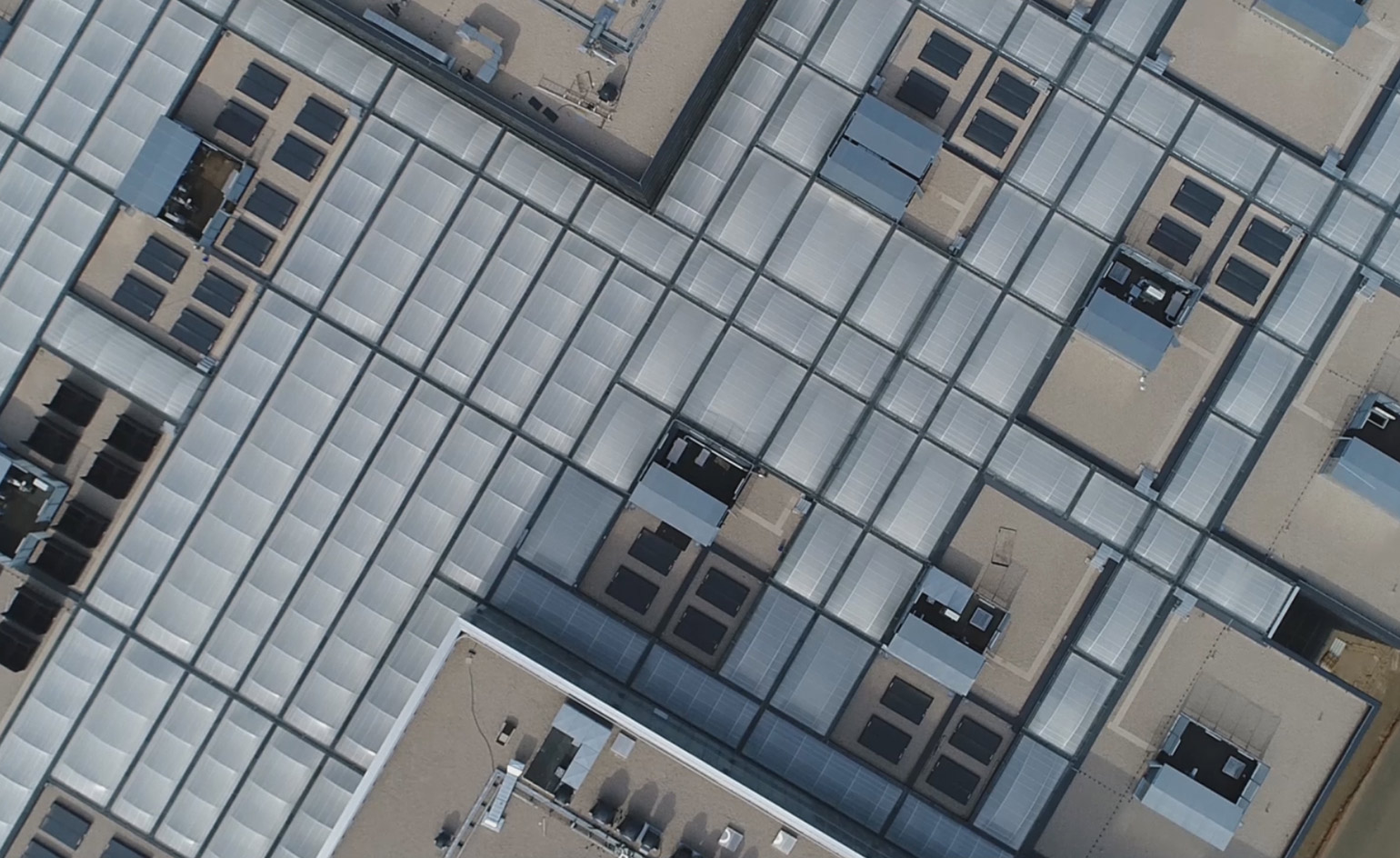
A lightweight roof covers the entire complex, allowing ‘external’ protected spaces to be used freely all year long.
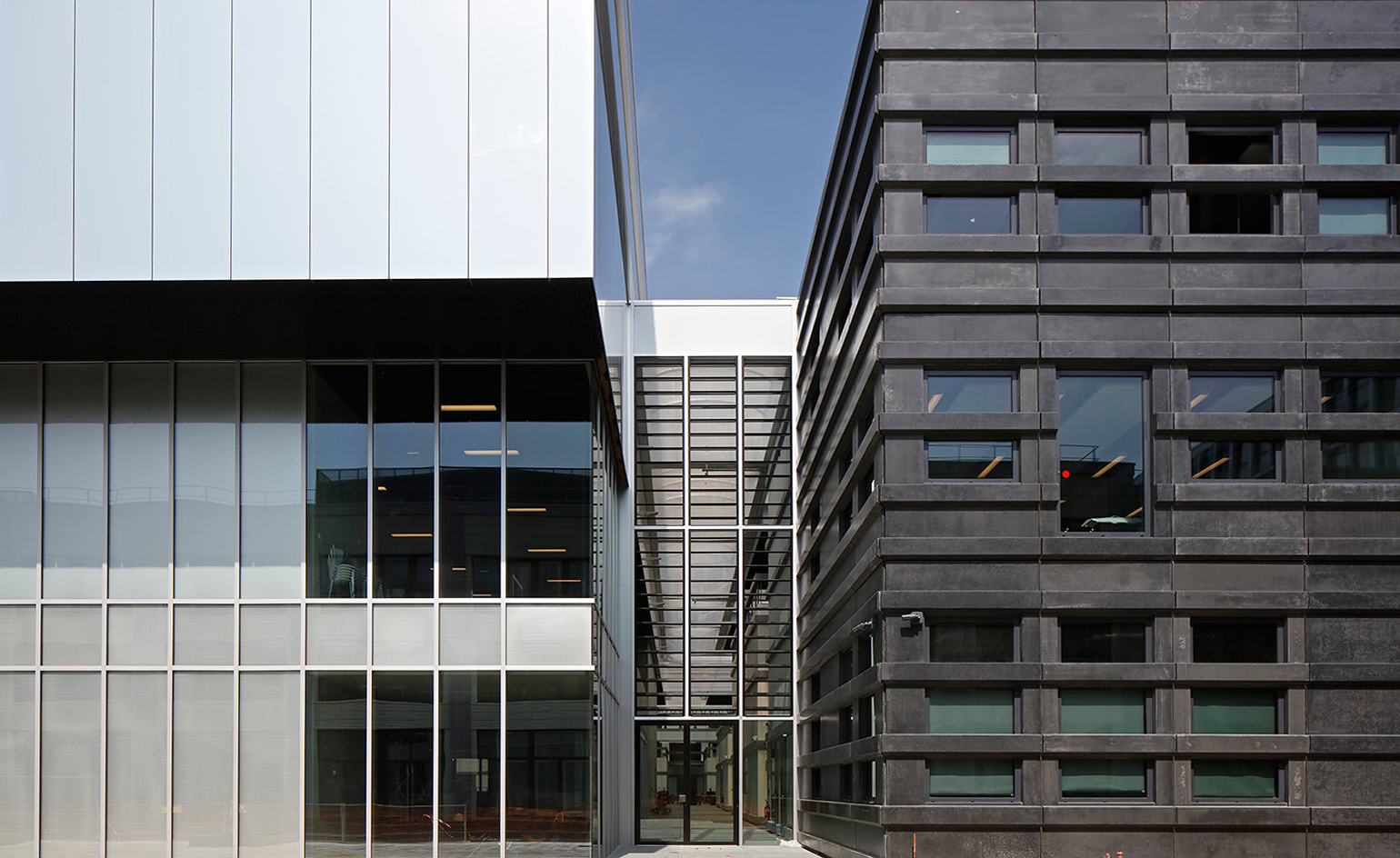
The exterior of Lab City.
INFORMATION
For more information, vistit the OMA website
Receive our daily digest of inspiration, escapism and design stories from around the world direct to your inbox.
-
 This cult Los Angeles pop-up restaurant now has a permanent address
This cult Los Angeles pop-up restaurant now has a permanent addressChef Brian Baik’s Corridor 109 makes its permanent debut in Melrose Hill. No surprise, it's now one of the hardest tables in town to book
-
 French bistro restaurant Maset channels the ease of the Mediterranean in London
French bistro restaurant Maset channels the ease of the Mediterranean in LondonThis Marylebone restaurant is shaped by the coastal flavours, materials and rhythms of southern France
-
 How ethical is Google Street View, asks Jon Rafman in Copenhagen
How ethical is Google Street View, asks Jon Rafman in CopenhagenIn 'Report a Concern - the Nine Eyes Archives' at Louisiana Museum of Art, Copenhagen, Jon Rafman considers technology's existential implications
-
 This modernist home, designed by a disciple of Le Corbusier, is on the market
This modernist home, designed by a disciple of Le Corbusier, is on the marketAndré Wogenscky was a long-time collaborator and chief assistant of Le Corbusier; he built this home, a case study for post-war modernism, in 1957
-
 ‘You have to be courageous and experimental’: inside Fondation Cartier’s new home
‘You have to be courageous and experimental’: inside Fondation Cartier’s new homeFondation Cartier pour l'art contemporain in Paris invites us into its new home, a movable feast expertly designed by Jean Nouvel
-
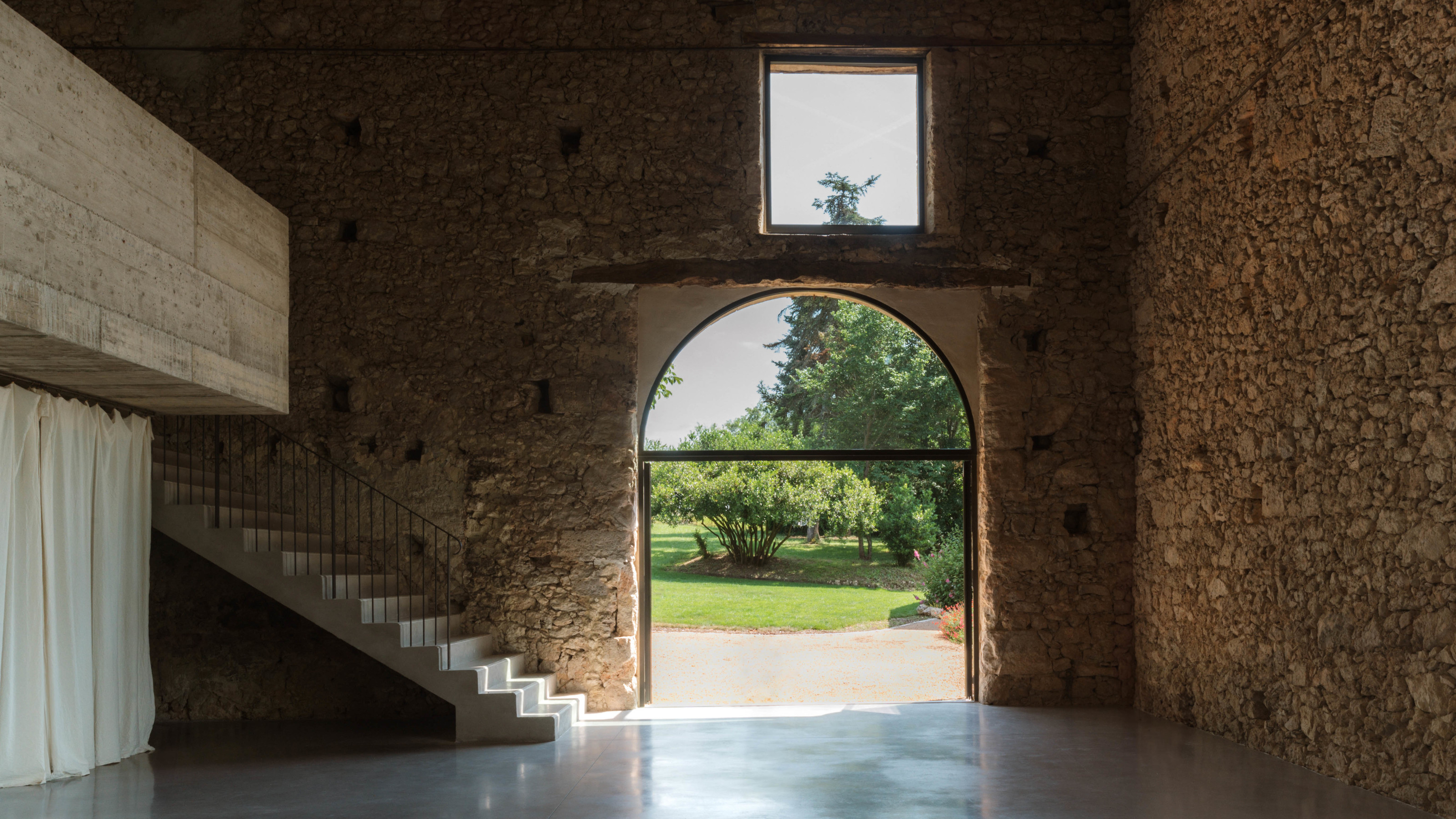 A wellness retreat in south-west France blends rural charm with contemporary concrete
A wellness retreat in south-west France blends rural charm with contemporary concreteBindloss Dawes has completed the Amassa Retreat in Gascony, restoring and upgrading an ancient barn with sensitive modern updates to create a serene yoga studio
-
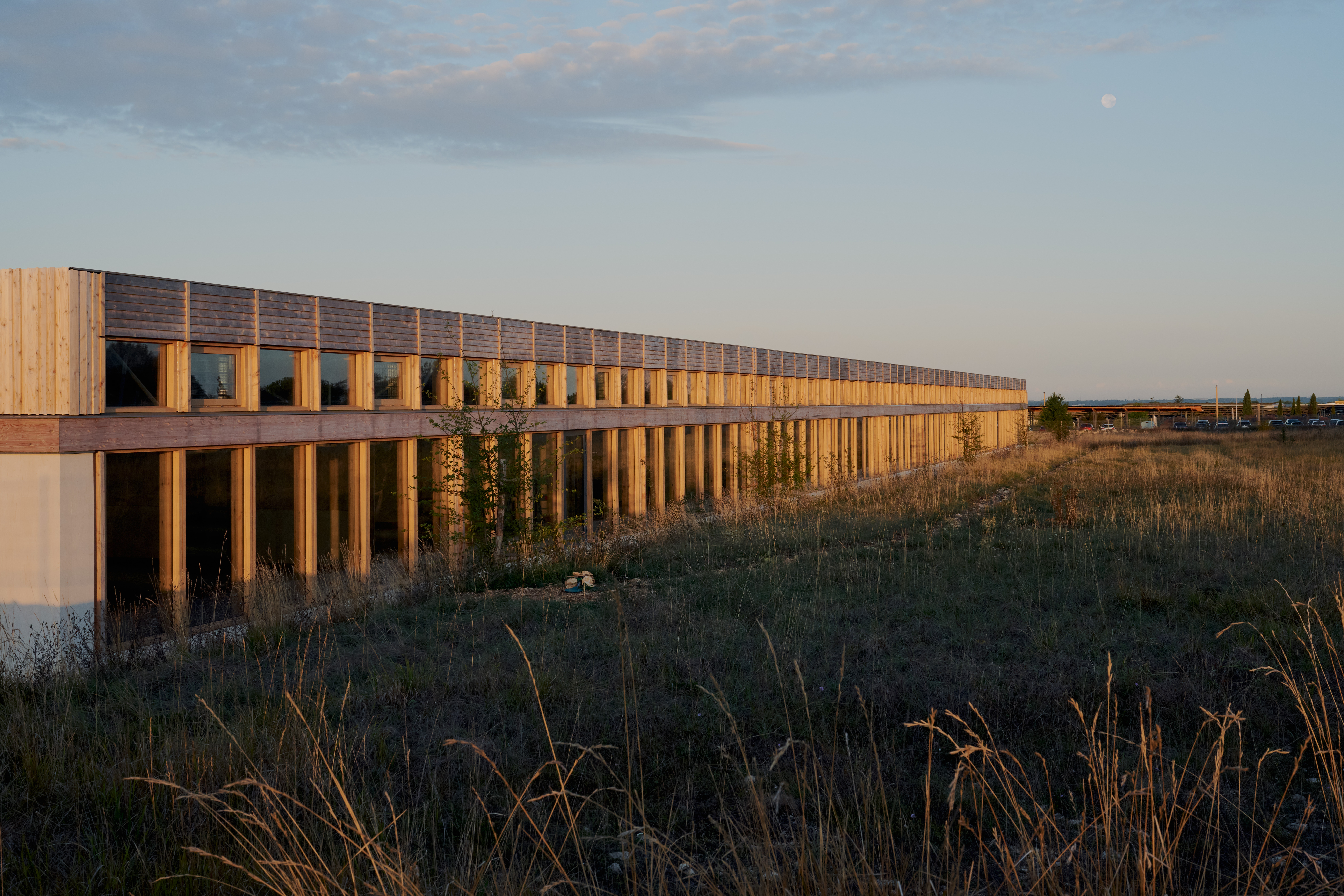 Explore the new Hermès workshop, a building designed for 'things that are not to be rushed'
Explore the new Hermès workshop, a building designed for 'things that are not to be rushed'In France, a new Hermès workshop for leather goods in the hamlet of L'Isle-d'Espagnac was conceived for taking things slow, flying the flag for the brand's craft-based approach
-
 ‘Landscape architecture is the queen of science’: Emanuele Coccia in conversation with Bas Smets
‘Landscape architecture is the queen of science’: Emanuele Coccia in conversation with Bas SmetsItalian philosopher Emanuele Coccia meets Belgian landscape architect Bas Smets to discuss nature, cities and ‘biospheric thinking’
-
 An apartment is for sale within Cité Radieuse, Le Corbusier’s iconic brutalist landmark
An apartment is for sale within Cité Radieuse, Le Corbusier’s iconic brutalist landmarkOnce a radical experiment in urban living, Cité Radieuse remains a beacon of brutalist architecture. Now, a coveted duplex within its walls has come on the market
-
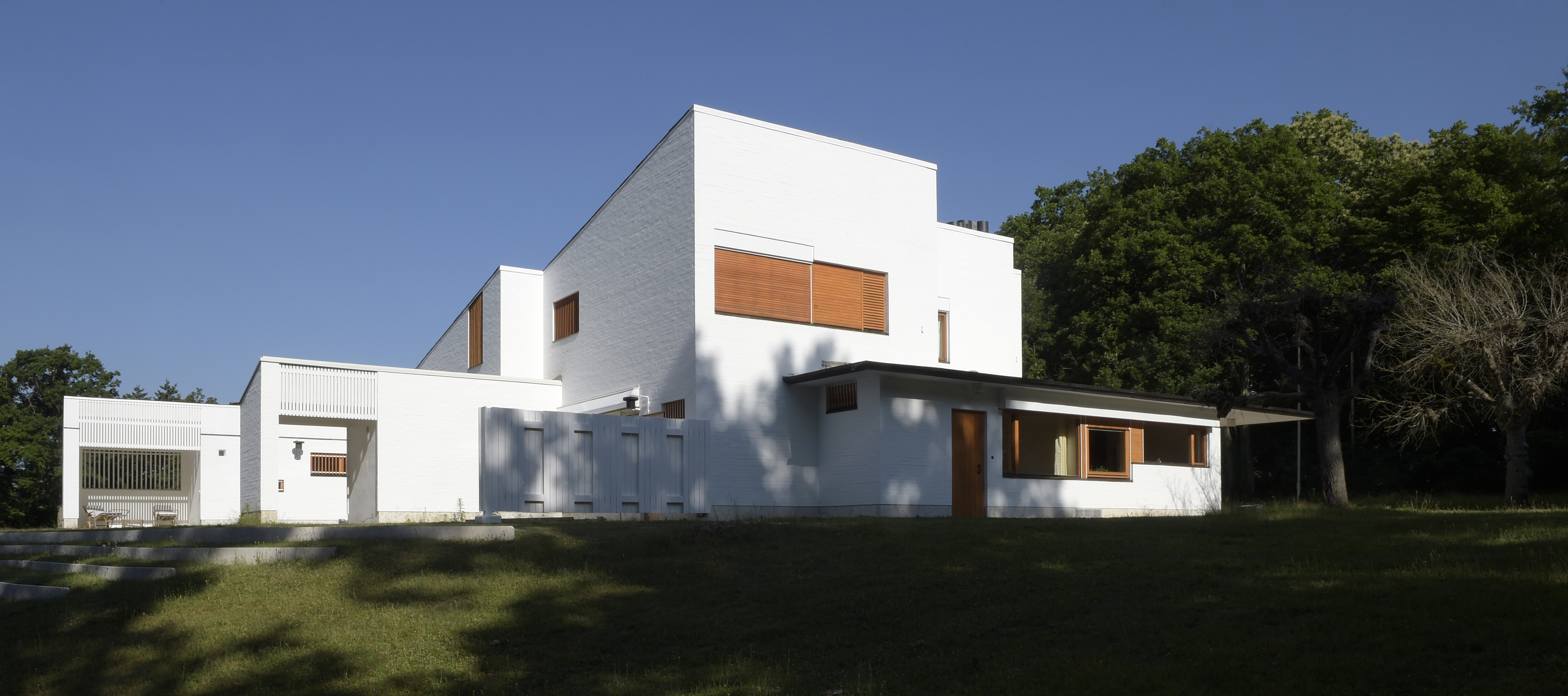 Maison Louis Carré, the only Alvar Aalto house in France, reopens after restoration
Maison Louis Carré, the only Alvar Aalto house in France, reopens after restorationDesigned by the modernist architect in the 1950s as the home of art dealer Louis Carré, the newly restored property is now open to visit again – take our tour
-
 Meet Ferdinand Fillod, a forgotten pioneer of prefabricated architecture
Meet Ferdinand Fillod, a forgotten pioneer of prefabricated architectureHis clever flat-pack structures were 'a little like Ikea before its time.'